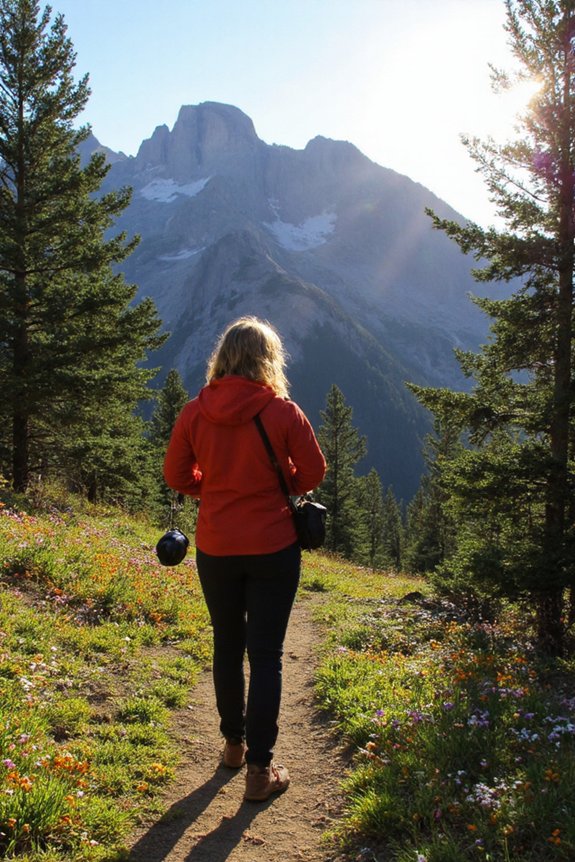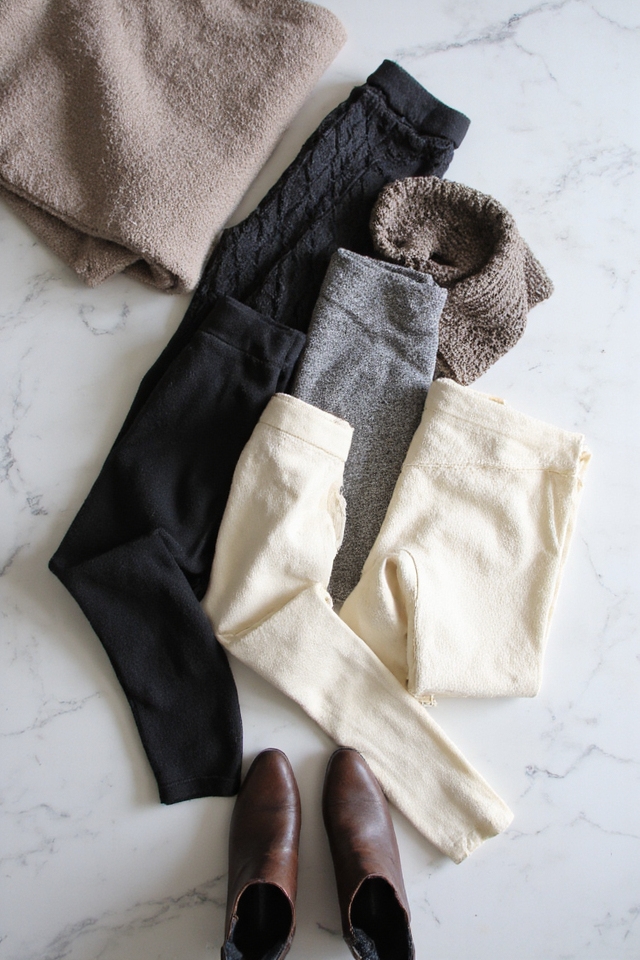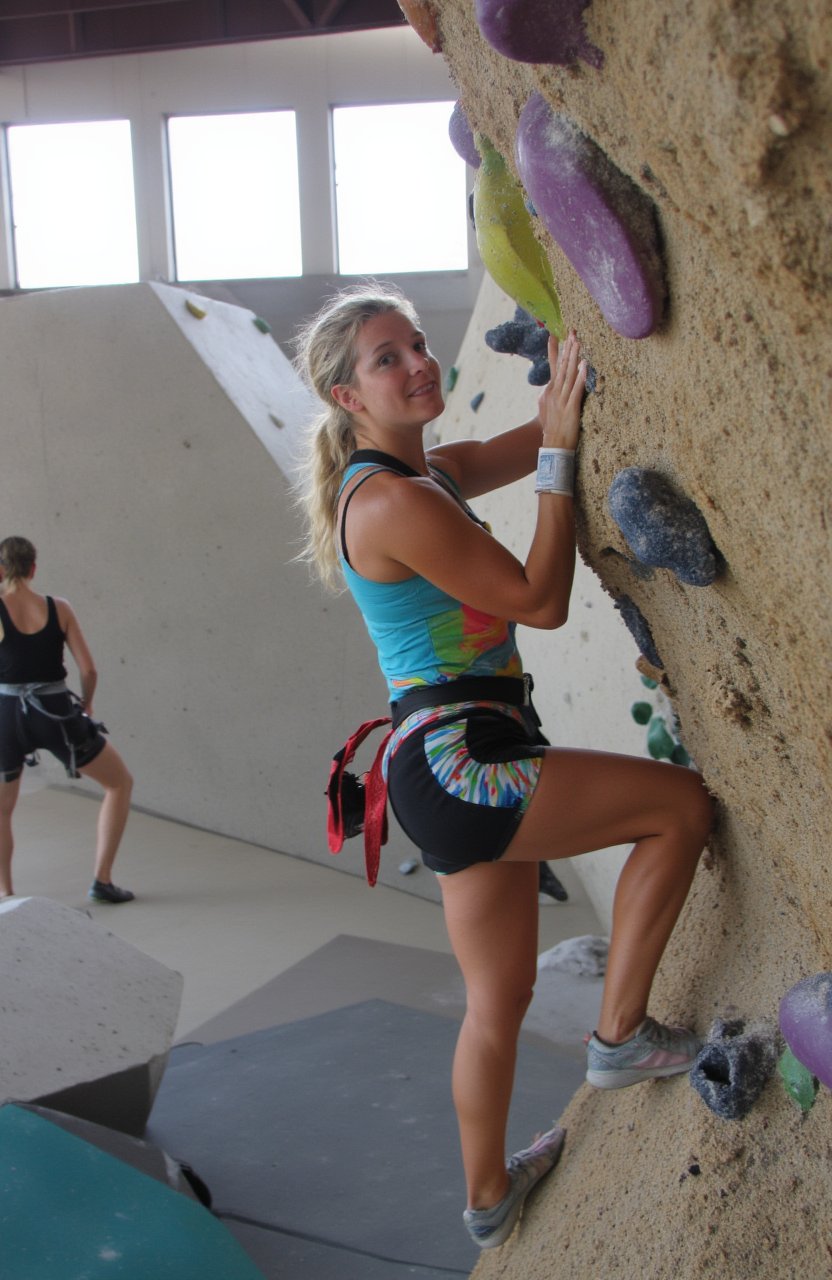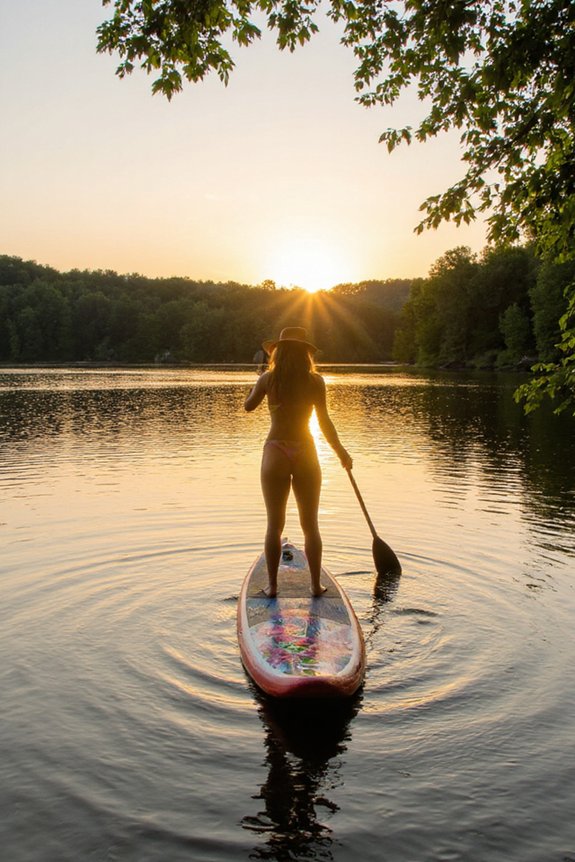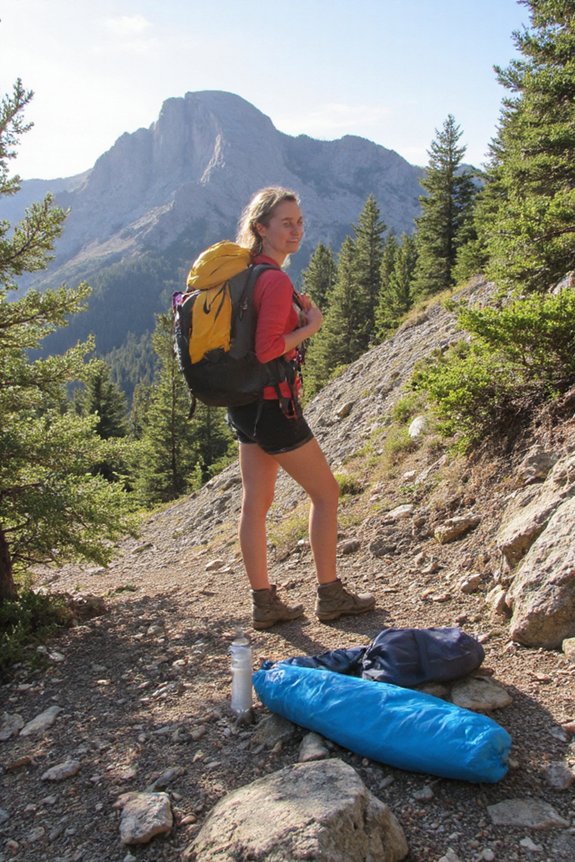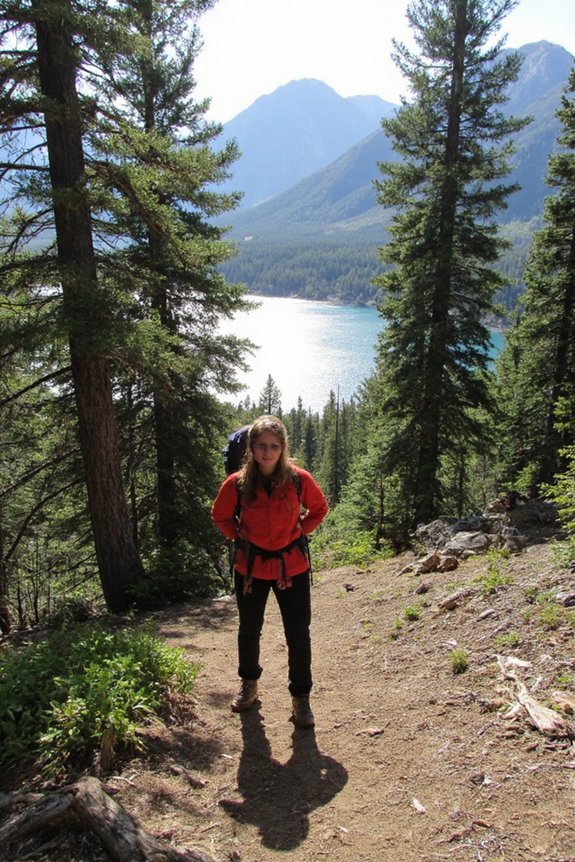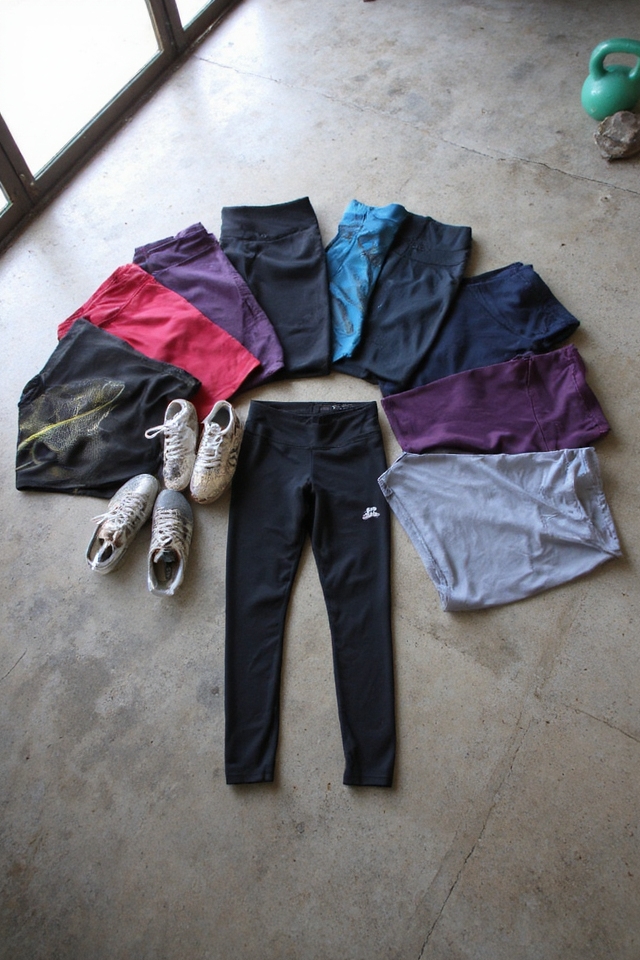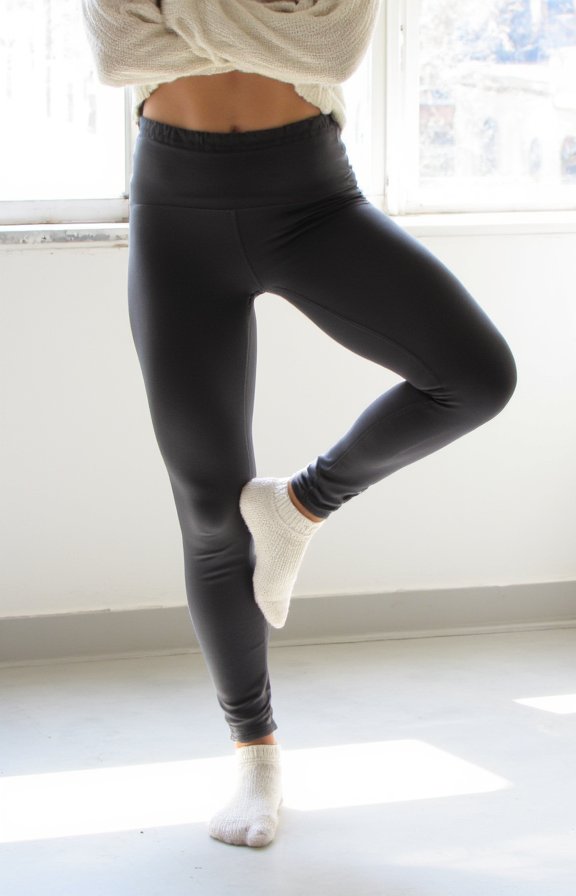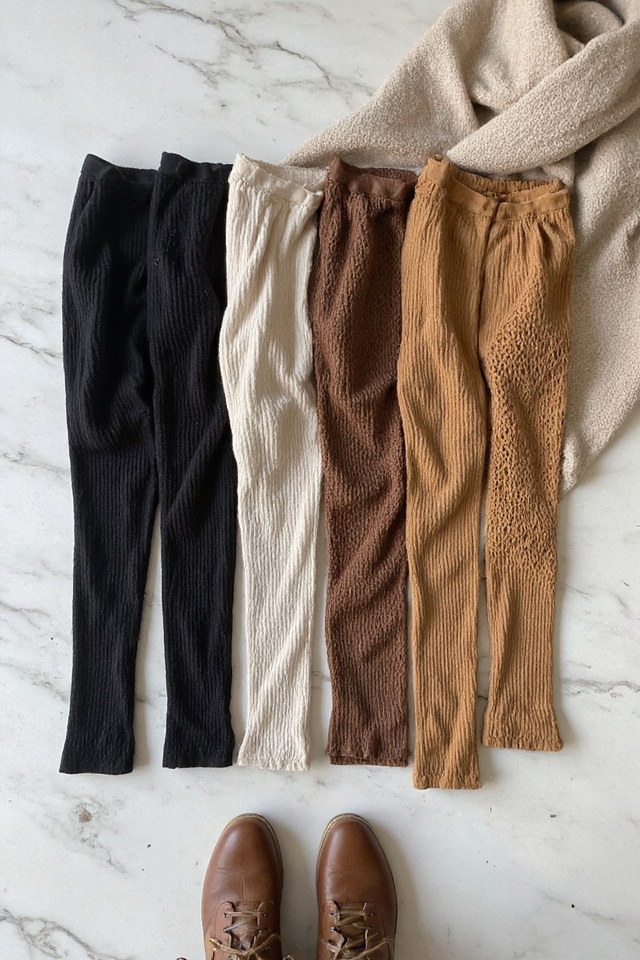When you hit the trails with your camera in tow, remember that the right preparation can make all the difference in capturing stunning images. First off, think about your gear. The best camera is the one you have with you, but if you can, opt for a full-frame or mirrorless model. These options provide superior image quality, which is vital for those breathtaking landscapes.
Don’t forget your lenses! A wide-angle lens captures vast scenes, while a standard 24-70mm lens is versatile for various shots. If wildlife photography calls you, a telephoto lens (like a 70mm-200mm) will let you zoom in without disturbing your subjects. A lightweight, compact tripod is important, too. It’ll help you nail those long exposures, whether you’re capturing silky water or the mesmerizing swirl of star trails.
Lighting is a game-changer in photography. The early morning and late evening light can transform ordinary scenes into extraordinary images. So, set your alarm a little earlier or stay out a bit later; you won’t regret it. Natural lighting is crucial for achieving the desired effects in your photography. Additionally, mastery of light is essential for creating impactful photographs, which can significantly elevate your outdoor imagery.
And don’t overlook composition! Experiment with perspectives by changing your viewpoint. Use elements in the foreground, middle ground, and background to create depth in your shots. Color plays a significant role, too. Wearing bright or contrasting colors can help you stand out against the landscape, making for more striking photos.
Planning and preparation are key to a successful photography outing. If you’re camping, choose open areas or high ridges to capture those breathtaking sunrise and sunset shots. It’s all about timing; you want to be in the right place when the light is just right.
Also, don’t underestimate the physical aspect of hiking with gear. Make sure you’ve got a good pair of walking legs! Carrying your photography equipment while maneuvering demanding trails can be tough, so being physically prepared is important. Expect an additional 3-4 kilograms in gear weight compared to a non-photographer hiker.
